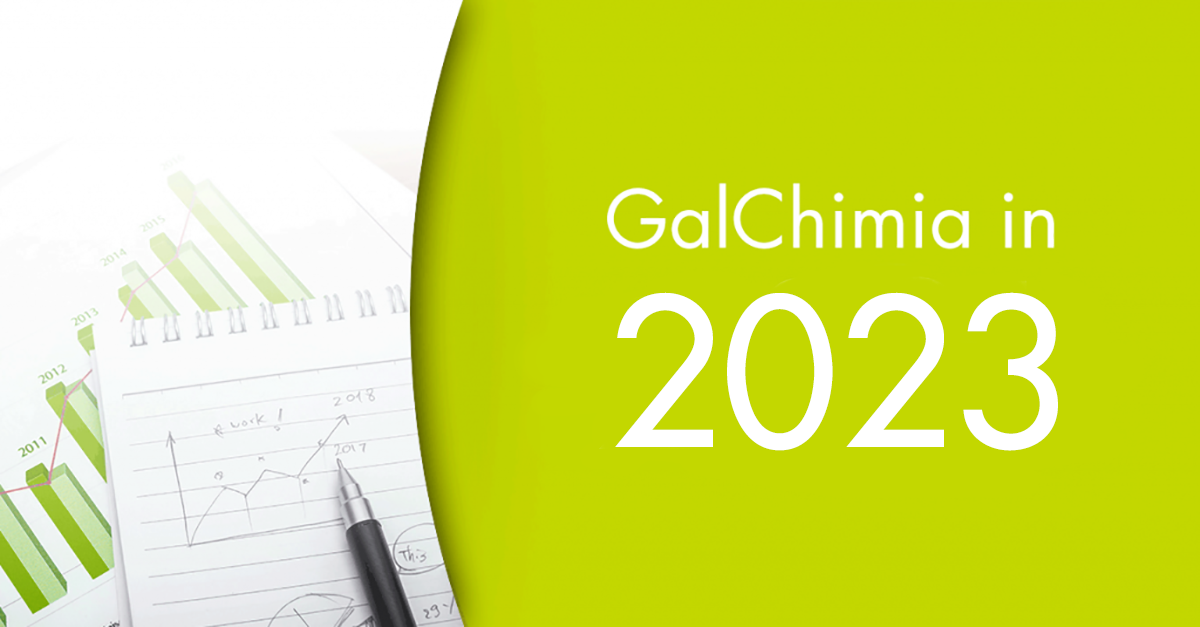It’s time to review last year’s figures. We could say that the word that best describes 2023 is transition.
Last year, several discovery projects with biotechs came to an end. For these companies, a program of this kind is usually THE PROGRAM, so the early-stage chemistry gives way to other needs. It is a joy to see projects progress, but it is also sad to see them go.
In addition to chemistry, the year was marked by two important events. In June we completed the validation of our ELN, developed by us and fully integrated into our management and inventory systems. We now proudly own an ELN that meets our needs and is compliant with 21 CFR Part 11.
Very much on the same month, we co-organized with the Spanish Society of Medicinal Chemistry (SEQT), the VIII SEQT Summer School “Medicinal Chemistry and Chemical Biology in Drug Discovery: The Pharma Perspective”. For three days, we had the great pleasure of hosting, guiding and training the next generation of medicinal chemists along with other industry professionals.
Our numbers in 2023 (data for 2022 shown in brackets):
Upon concluding several long-term projects, last year we were able to partially resume the execution of shorter synthesis projects, and thus the number of projects started and completed increased again on to the usual figures.
In terms of success, only in one project we were unable to deliver the product, which puts us with a success rate of 98%. However, due to a series of chemistry and logistics issues, we had a slight delay in the delivery of three projects. At least, logistically speaking, things have improved compared to 2022. Chemistry remains as challenging (and interesting!) as ever.
Considering most of these numbers belong to discovery projects, the story they tell is rather straightforward. Nothing new in route length, where the longest (convergent) remains at 24 steps. We worked at good pace in these projects, carrying out 8% more reactions than in 2022 and delivering 15% more products.
Finally, the quantities delivered follow the same line of projects progressing to advanced stages of discovery. As usual, the majority are still small-scale products, but there are twice as many gram-scale products, mostly aimed at in vivo studies. Moreover, three of those products progressed to a stage where more than 100 g of each were needed.
Jacobo Cruces, CSO

